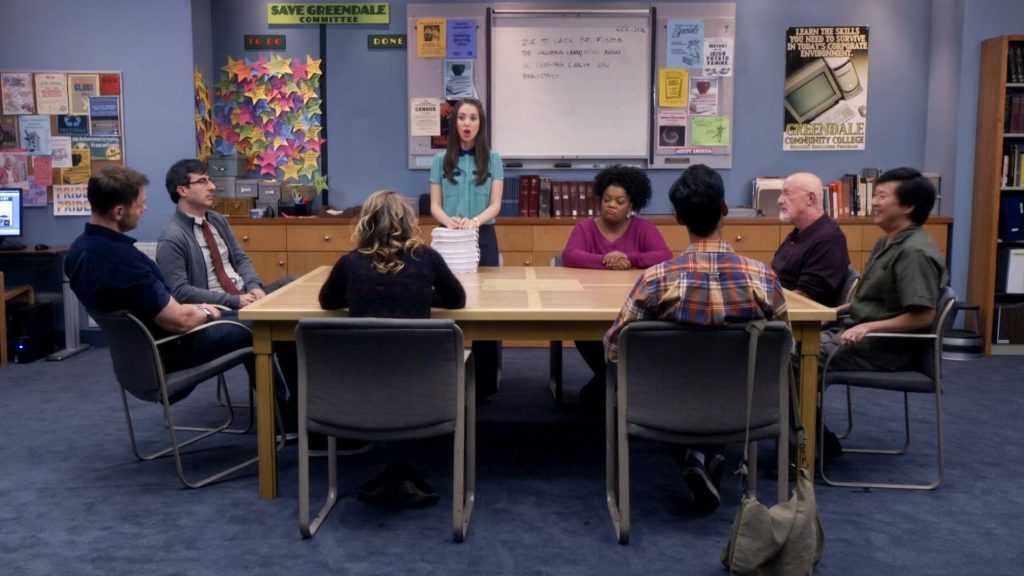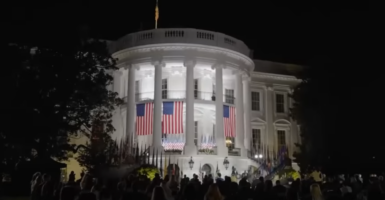Fewer Students Majoring In Humanities
A new study shows that fewer students are majoring in the humanities fields, leaving experts weighing in on possible reasons.

Higher Education is rife with issues these days. Student enrollment is dropping as college prices perpetually increase above inflation. On top of that, more individuals are showing a growing interest in alternative options, like trade schools, as the need for a college degree is further scrutinized. Because of this, it comes as no surprise that a recent study detailed the decline in humanities degrees, as fewer students are interested in attaining a degree in the program.
Inside Higher Ed reported that fewer students are majoring in humanities last week. A study conducted by the Humanities Indicators Project detailed the rise and fall of interest in the degree program. The number of students attaining master’s degrees in humanities fields peaked in 2012. Since then, those numbers have only declined.
In 2012, 32,584 master’s degrees were handed out at various universities in humanities fields. As of 2020, only 26,566 individuals received the degree. Similarly, the number of doctoral degrees awarded fell over time as well. In 2015, 6,010 college students received doctorates, and by 2020 that number fell to 5,483.

Humanities degrees range over a plethora of topics. It’s a study of branches of knowledge that concern themselves with human beings in general. At the High Ed level, humanities branches include literature, the arts, history, and philosophy. Although the branch covers a wide range of topics, many critics and experts have claimed for decades that the study would eventually die down in popularity.
According to The Atlantic, experts believe the cause of this is a shift in student priority. Pointing to the financial crisis of 2008, some say the decrease in job market demands led to the inevitable. It was touted as a “misguided” effort to divert students away from humanities to other majors during a competitive and lackluster job market. To this point, a look into what is known as the different era’s in humanities degrees.
Beginning around 1955, students poured into humanities majors. During this time of prosperity for public education, and the U.S. Department of Education as a whole, colleges benefited from countless students seeking teaching degrees via English and History majors. But when the economy took a turn for the worse in the ’70s, humanities majors faced sharp declines. From 1985 to 2008 things turned around, and the program was fruitful to many – that is before the inevitable crash accompanying the financial crisis.

Furthermore, gender could have a role in these findings. A separate report from The Atlantic detailed the difference in humanities enrollments throughout these periods between men and women. During prosperous periods, men majored in humanities fields at the same rate while the percentage of women entering the field continued to opt for different majors. Counterintuitively though, those drops have been about the same for both genders since 2008.
There may never be any clear-cut indicator as to why fewer college students are enrolling in the humanities fields. It might be a sign that the need for college degrees altogether is waning, or possibly that the job market simply has fewer demands for careers in such field. Regardless, if history holds any answers, it will likely rebound eventually.



